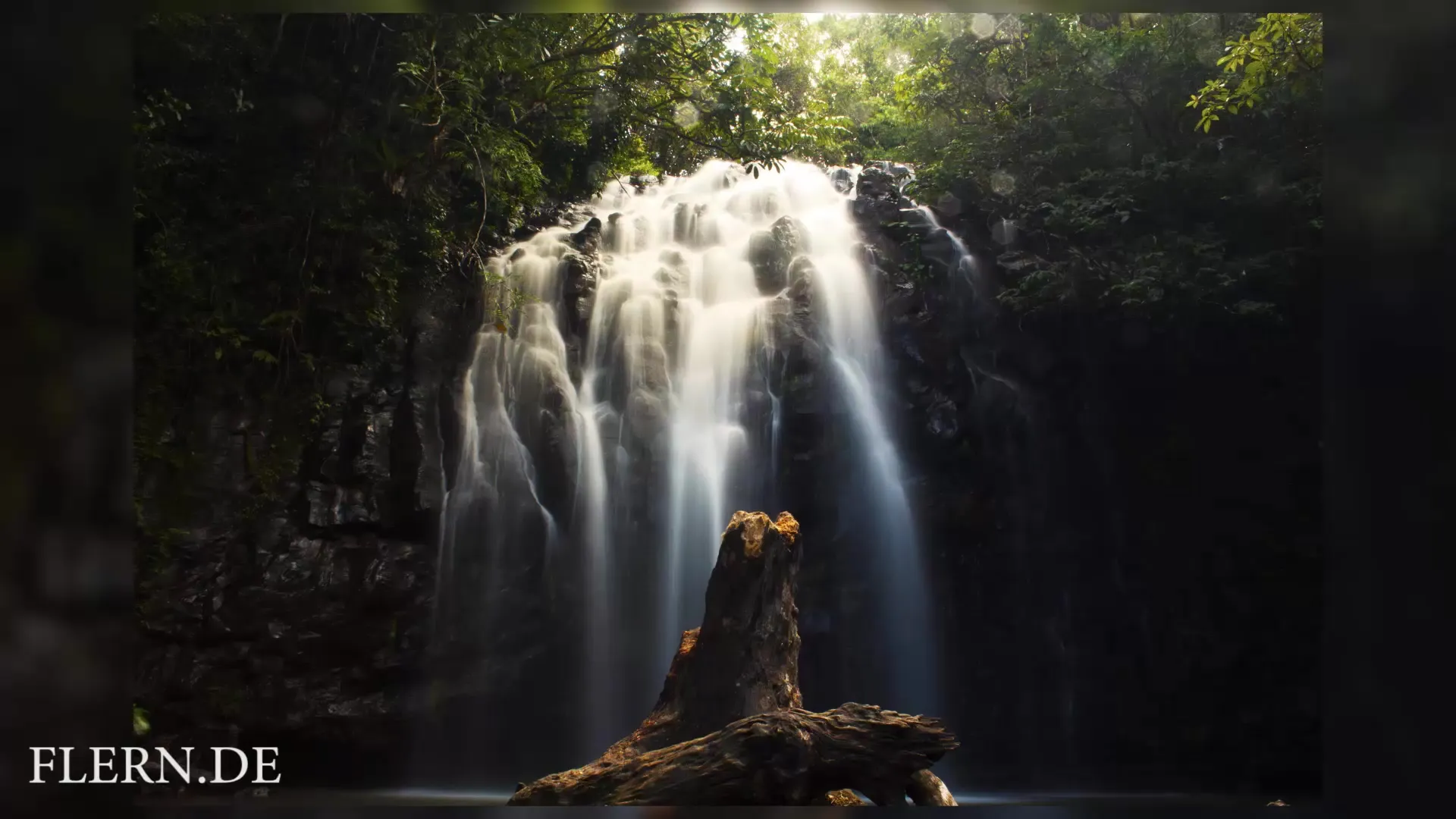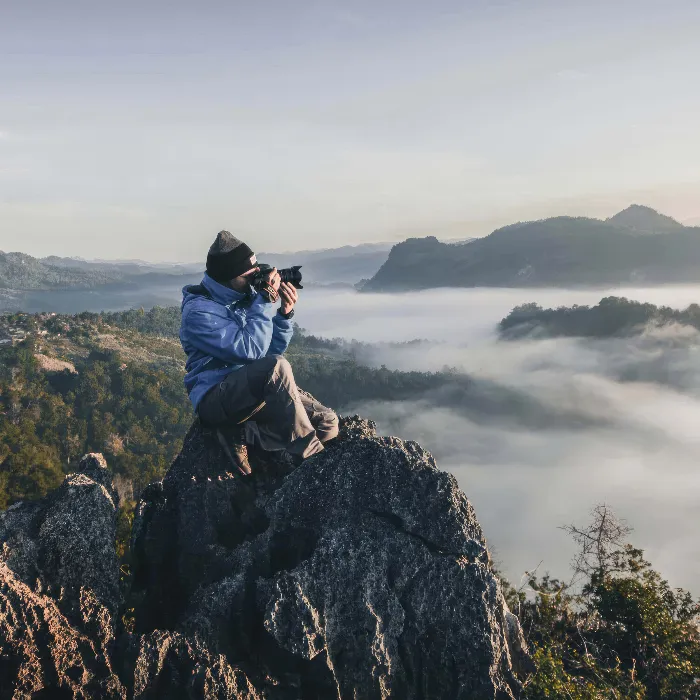Landscape photography is one of the most fascinating forms of photography. It allows you to capture the beauty of nature and tell captivating stories. With the right tips and techniques, you can significantly improve your shots and create impressive images that inspire people. In this text guide, you will find valuable insights and instructions to elevate your landscape photography to the next level.
Key Insights
- Incorporate interesting foregrounds to add depth to your images.
- Use a closed aperture for maximum sharpness in the landscape.
- Utilize lines to guide the viewer's eye and achieve dynamic compositions.
- Experiment with tilted shots to create a unique style.
Step-by-Step Guide
1. Add a foreground to your landscape
To instantly give your landscape images more depth and interest, you should always include a foreground. An interesting object or natural structure that is close to the camera will draw the viewer’s attention. This could be a tree, a rock, or even a water surface that frames your image and provides an exciting perspective. This way, the viewer feels immersed in the scene, as if they are actually present in the image.

2. Use the rule of thirds
When positioning elements in your foreground, you can apply the rule of thirds. Place interesting elements along the lines or at the intersections of an imaginary third grid. This gives your image a harmonious and balanced composition, which is especially important in landscape photography. For example, you can position a tree trunk that juts out into the water along the left or right third line.

3. Shoot with a closed aperture
A relatively closed aperture, such as f/8 or higher, is crucial for ensuring sharpness across the entire image area. It is important that the entire landscape is sharply depicted to avoid distractions from blurry areas. Make sure that enough light reaches the sensor with a closed aperture; you may need to adjust the ISO or extend the exposure time.
4. Use lines to guide the image
Lines play an essential role in landscape photography. They can deliberately guide the viewer's gaze and increase the tension in the image. Perspective lines lead the eye into the distance, while diagonal lines add dynamism. Look for elements like paths, rivers, or other natural structures that can create these lines. A well-placed element producing a diagonal line can make your image more exciting and enhance the viewer’s attention.
5. Experiment with tilted perspectives
Deliberately shooting from a tilted angle can give your image a unique charm. Instead of keeping the image completely straight, try tilting it 45 degrees. This can create the impression of exciting movement and make your image more vibrant. Simple elements benefit from this technique and appear fresher and more interesting through the shift in perspective.
6. Utilize movement for dynamic photos
When photographing in a landscape that includes movement, such as flowing water, you can enhance the dynamism through long exposure times. Deliberately using diagonals in your image can emphasize this dynamism and convey a sense of movement to the viewer. In this technique, sharpness in the foreground is important to ensure that the flow of movement is well represented.
7. Targeted sharpness
It is important that the majority of your image is clear and crisp. Use a tripod to avoid shaking, and manually set the focus on the foreground of your image. This enhances the depth effect you created with the foreground. The focusing process in landscape photography can significantly influence the overall impression of your photo.
Summary - Master Landscape Photography: 13.7 Tips for Impressive Shots II
Landscape photography requires both technical knowledge and creative approaches. By adding a clear foreground and dynamic lines to your images, you can tell fascinating stories. Use clear sharpness and experiment with different angles to develop your own style. With these tips, you are well equipped to create impressive landscape shots.
Frequently Asked Questions
How can I create more depth in my landscape images?By incorporating foregrounds into your composition, you can create depth and interest.
What is the rule of thirds and how do I apply it?The rule of thirds is a composition method where you place elements at the intersections of a 3x3 grid to create harmonious images.
How important is aperture in landscape photography?A closed aperture ensures that the entire landscape is sharply depicted, which is important for aesthetics and clarity.
Why are lines so important in landscape photography?Lines guide the viewer's gaze and can create a sense of movement and dynamism.
What effect do tilted perspectives have on my images?Tilted perspectives give your image a unique style and can create tension by dynamically guiding the gaze.


